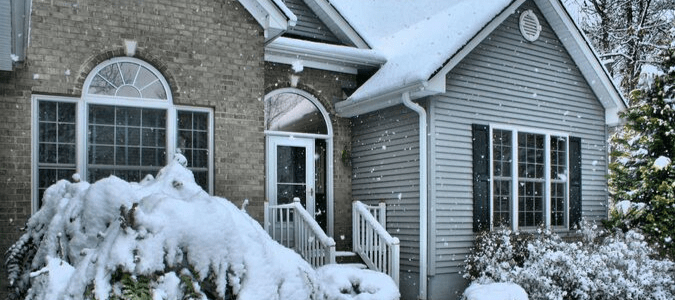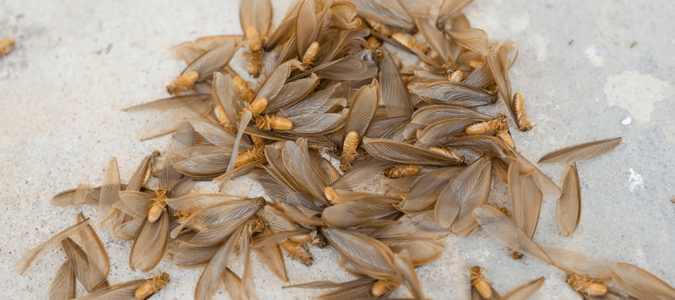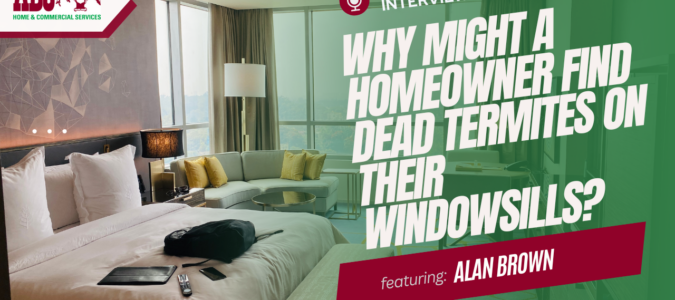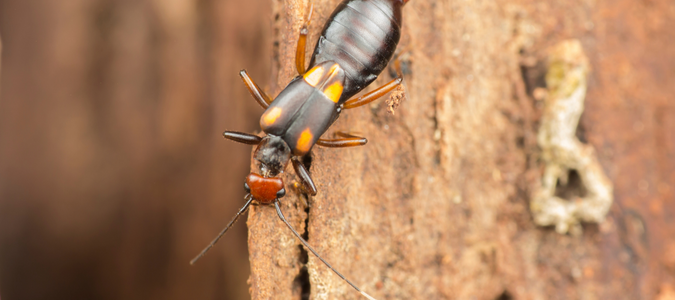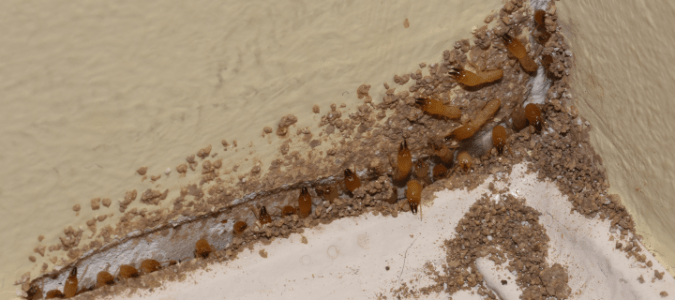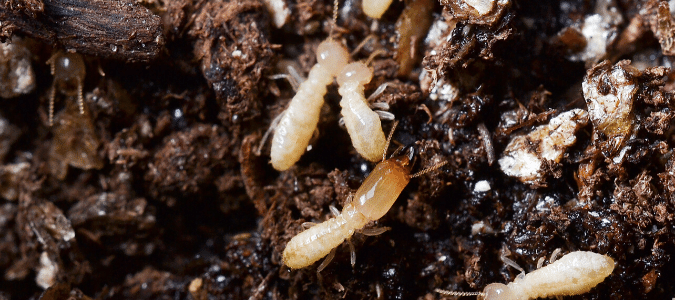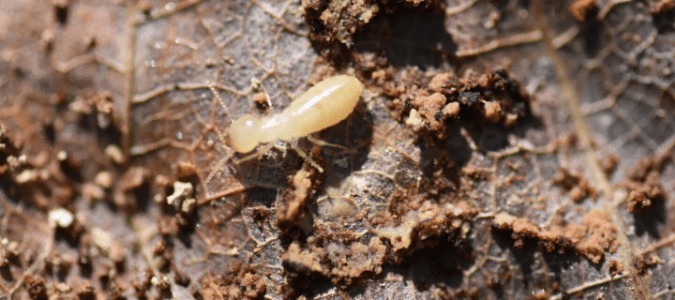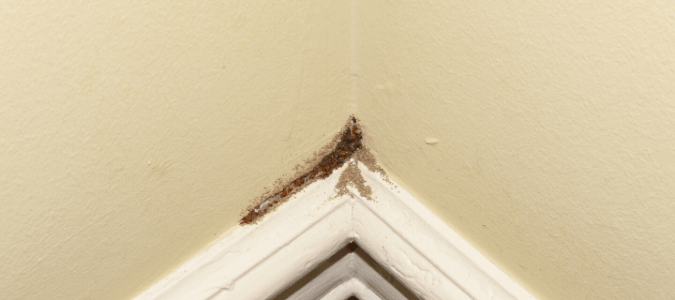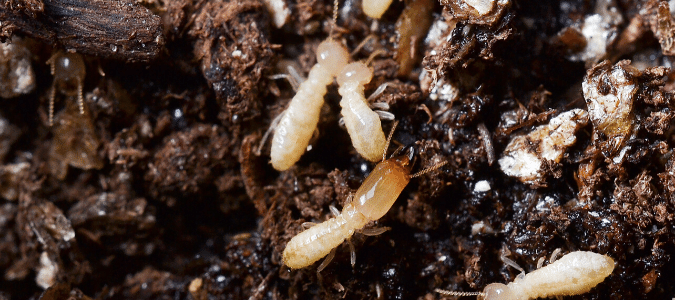Subterranean Termites Versus Drywood Termites
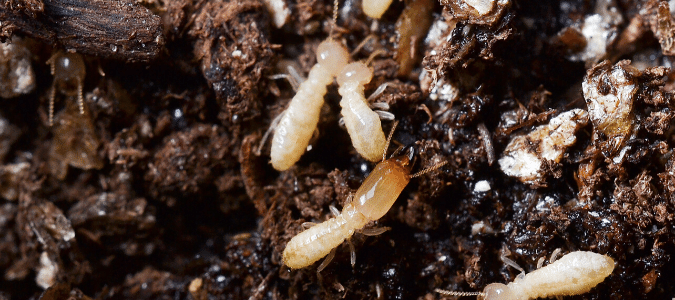
Do you know the difference between subterranean termites versus drywood termites? These termite species have several similarities in their appearance and behavior, but there are also key differences that can help you tell them apart.
Identifying which type of termite is infesting your home is the first step in controlling the termite colony. The most important thing to remember is that all types of termites can cause severe structural damage to your home and need to be dealt with quickly.
Not all termites fly, but each species has a type of termite that has wings. They are called swarmer termites, and it is their job to fly away from their current colony to reproduce and form new colonies. These termites discard their wings after mating, and homeowners often spot them around their houses. Discarded termite wings are a sure sign that a mature termite colony is nearby.
It’s important to take the right … Read Full Post »
